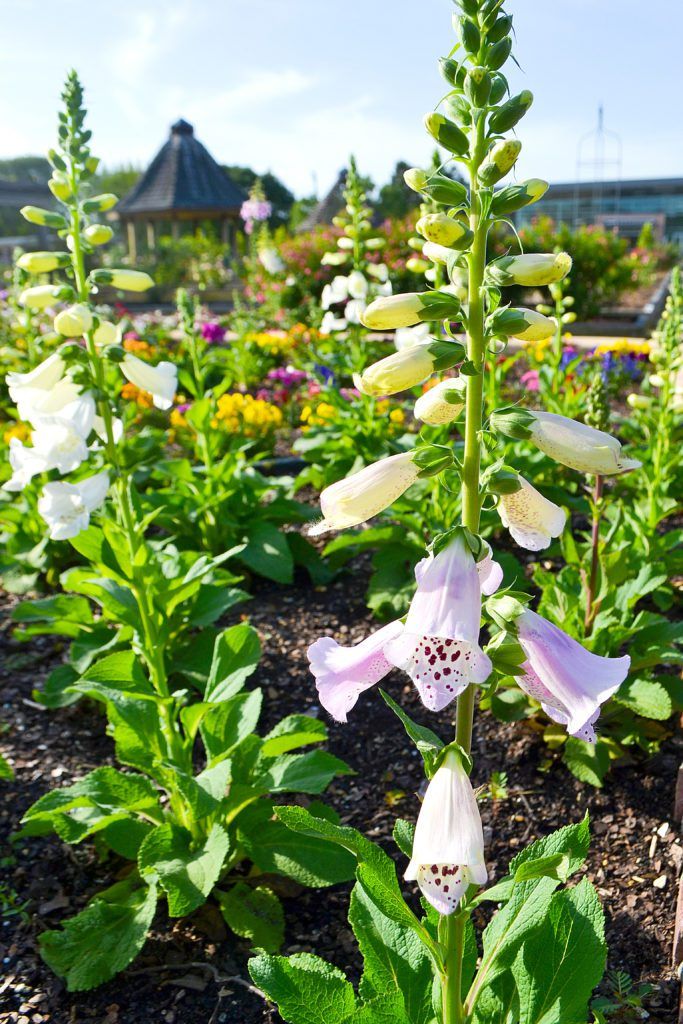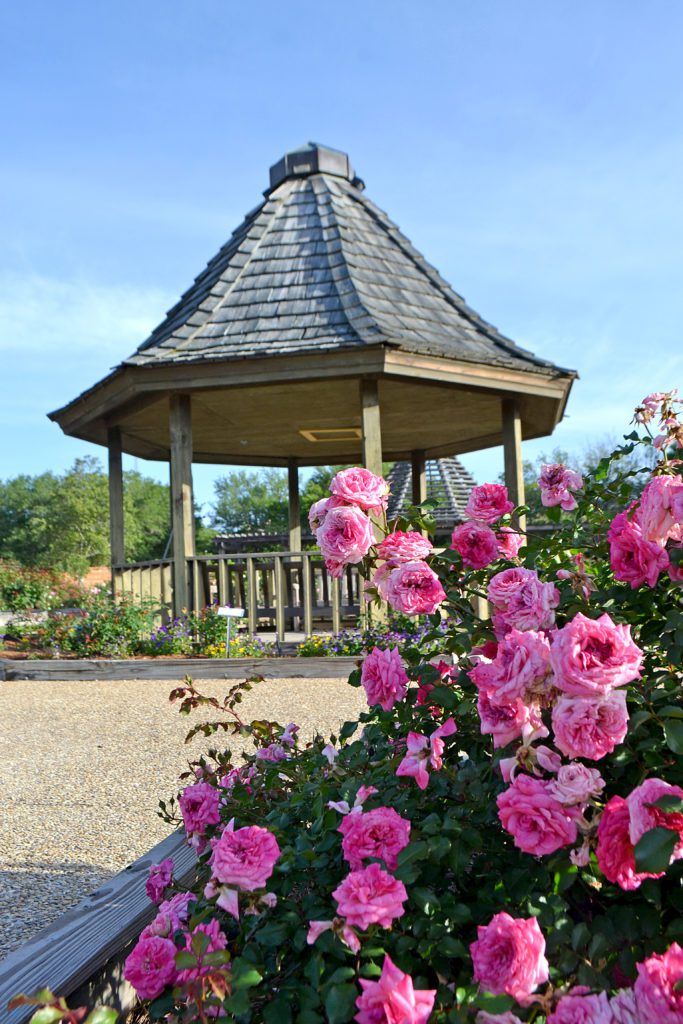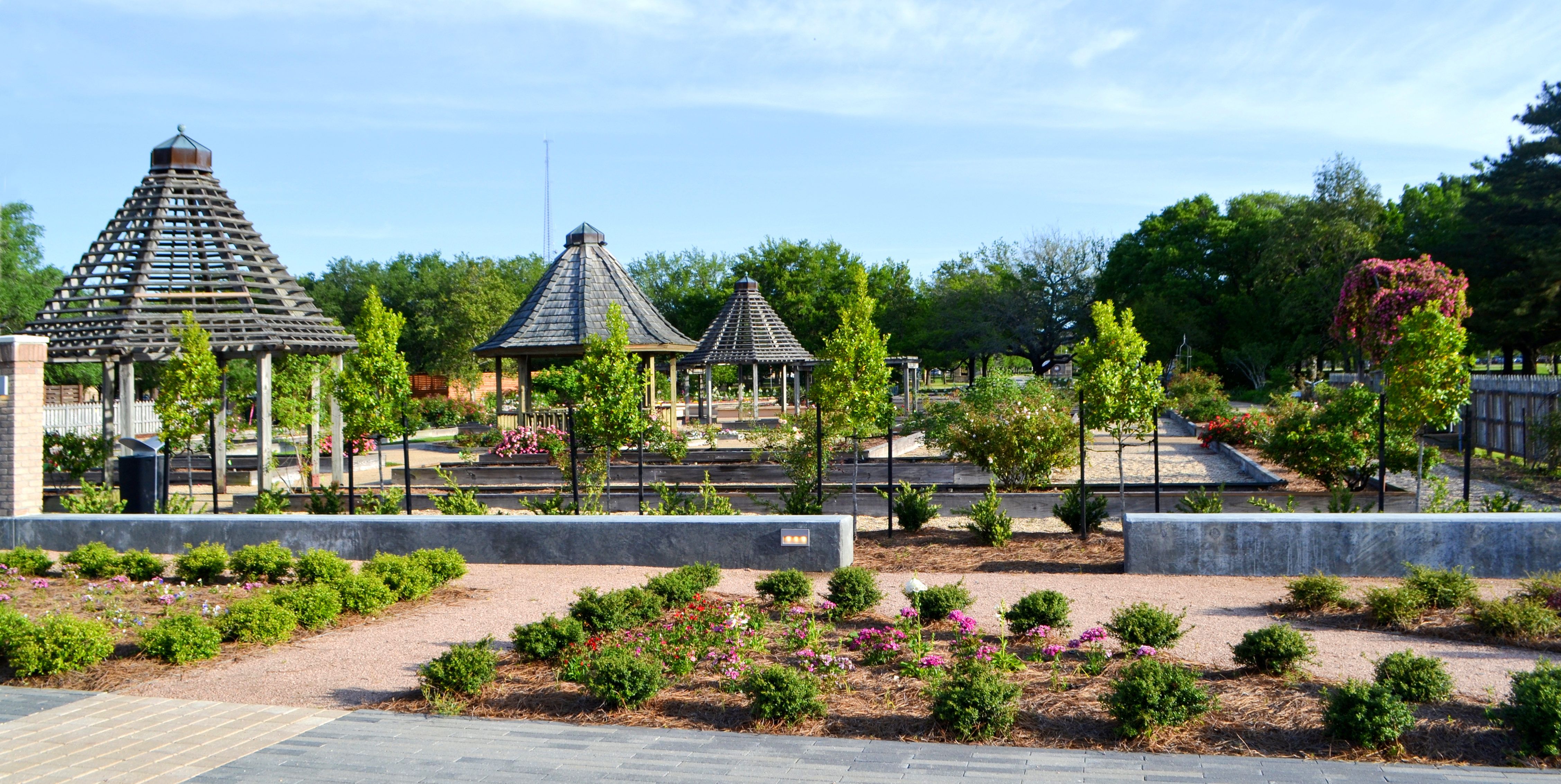
Room to grow: Linking landscape and library at the Independence Botanical Gardens
How many feet have stomped the soil at what is now Independence Botanical Gardens?
In 1776, this site was part of a 2,000-acre land grant from England’s King George III that became Goodwood Plantation. In the 1930s, 200 acres became Baton Rouge’s bustling new “downtown airport,” seeing touchdowns and landings first on a grass field and then on two crisscrossing paved runways. By 1976—the bicentennial anniversary of both the Declaration of Independence and that local royal land transfer—this wide open space was rededicated as Independence Park.
“It was the nation’s bicentennial year, so there was a memorial planting of 13 live oak trees in what was called Liberty Grove,” says retired LSU landscape architecture professor Buck Abbey, who a decade later began work on a new master plan for the BREC park that included the Botanical Gardens. “In 1986, some of the trees in the park were 2 and 3 inches in diameter, and today some are close to 30 inches. Between then and now, the park has totally changed.”
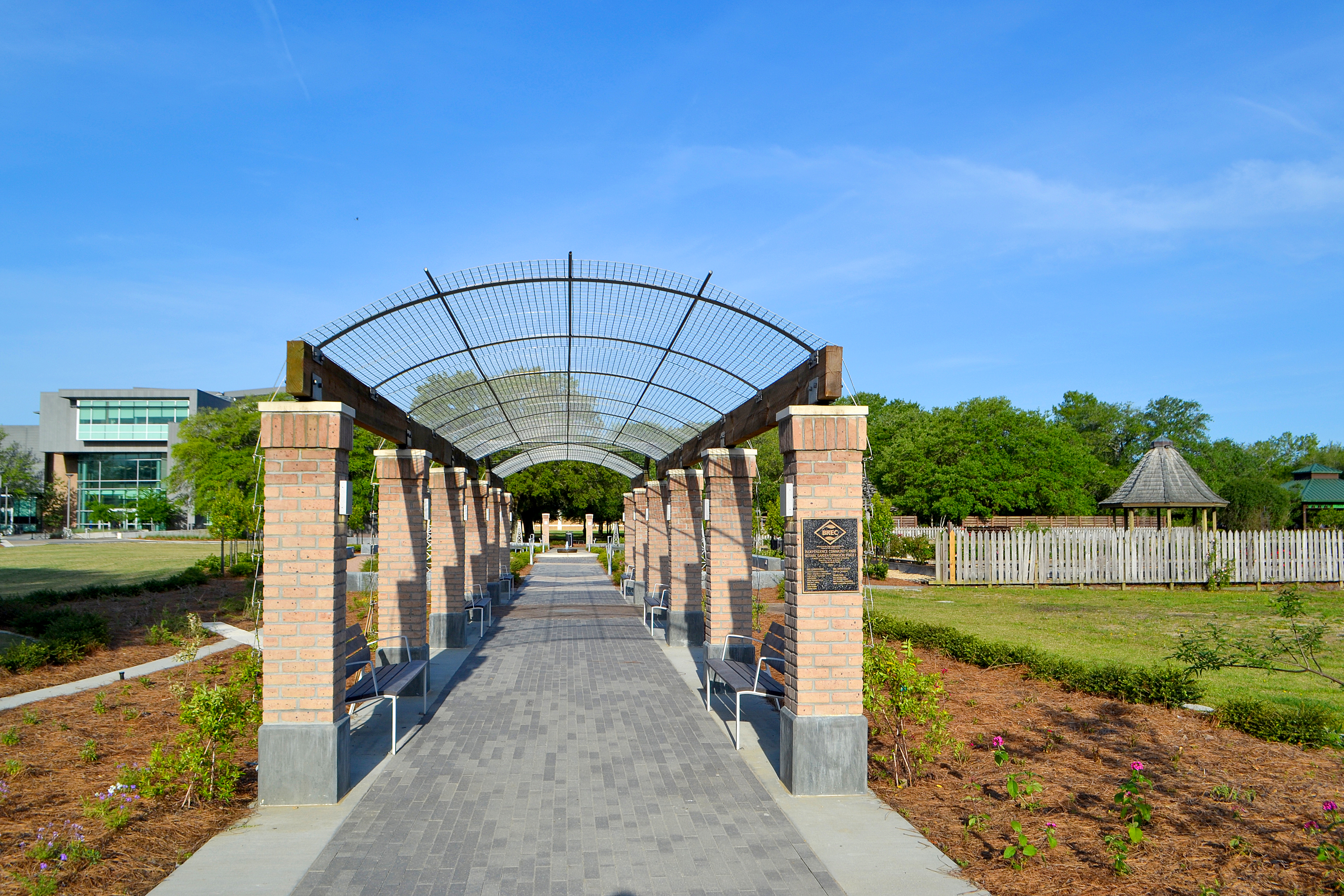
This month marks the completion of another significant change to the site: an elegant expansion of the gardens that Abbey first drew up more than three decades ago. An entry path shaded by a vine-laden arbor, parterre and butterfly gardens, a sunny lawn garden, and a flora-flanked walkway are now part of the landscape that already includes dedicated gardens for roses, irises, daylilies, sensory-friendly plants and more. In addition to enhancing and enlarging this visitor-friendly oasis in the heart of town, the new additions serve to link the Botanical Gardens to their neighbor on this property—the Main Library. The aim is to create a seamless space in which visitors can explore pursuits of an intellectual nature and those more focused on nature itself.
“I think that has always been the purpose of the gardens—they should be a place where we welcome Baton Rouge citizens to come and get involved, walk and work in the gardens, plant things, care for things, join clubs and meet new friends with common interests,” says Abbey, who remains closely involved through the Baton Rouge Botanic Garden Foundation, a volunteer group that works with BREC to coordinate the planting and care of the blooms on display. “There has been a lot of work to get to where we are now, including a lot of sweat equity on the part of volunteers. It’s been a really wonderful partnership between BREC and the garden organizations in the city.”
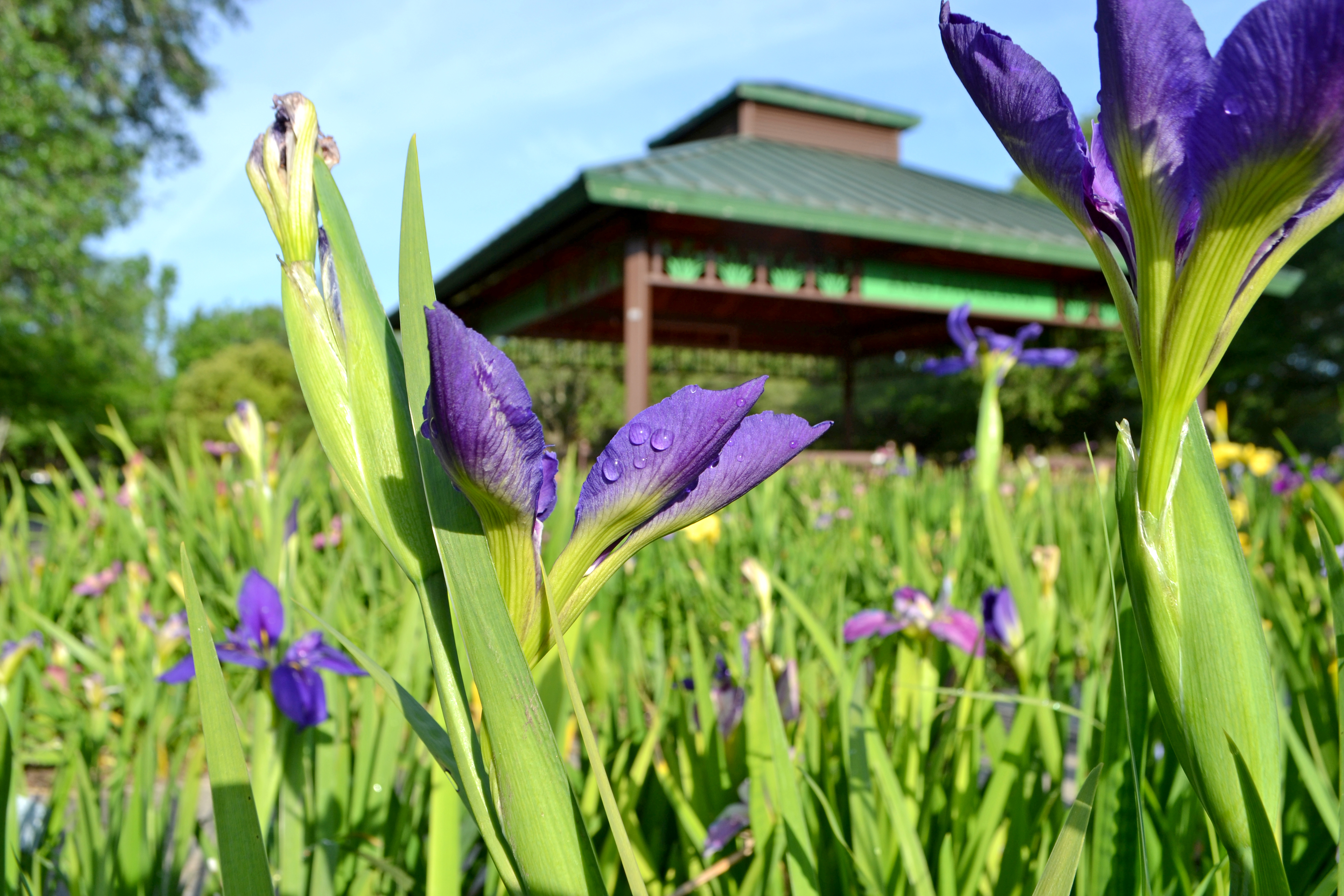
Planning and development of the new garden areas has been a multi-year process, says Reed Richard, a landscape architect and BREC assistant superintendent of system planning. “We knew the new garden expansion would be a ‘front door’ to the gardens from the library plaza,” Richard says. “We wanted a welcoming and expansive front lawn framed by walks leading to each end of the garden.”
Richard and his team drew from the formality of the existing rose garden to create the concept for the new areas. In collaboration with the Botanic Garden Foundation, they determined that the sun-filled spots should feature seasonal color from annuals and perennials.
One of the most striking elements of the expansion is the new parterre garden, inspired by the formal gardens that originated in France in the 15th century. “This one was designed to be a modern interpretation of a parterre garden, as its shape and materials reflect the surrounding contemporary architecture of the café and library,” says Richard.
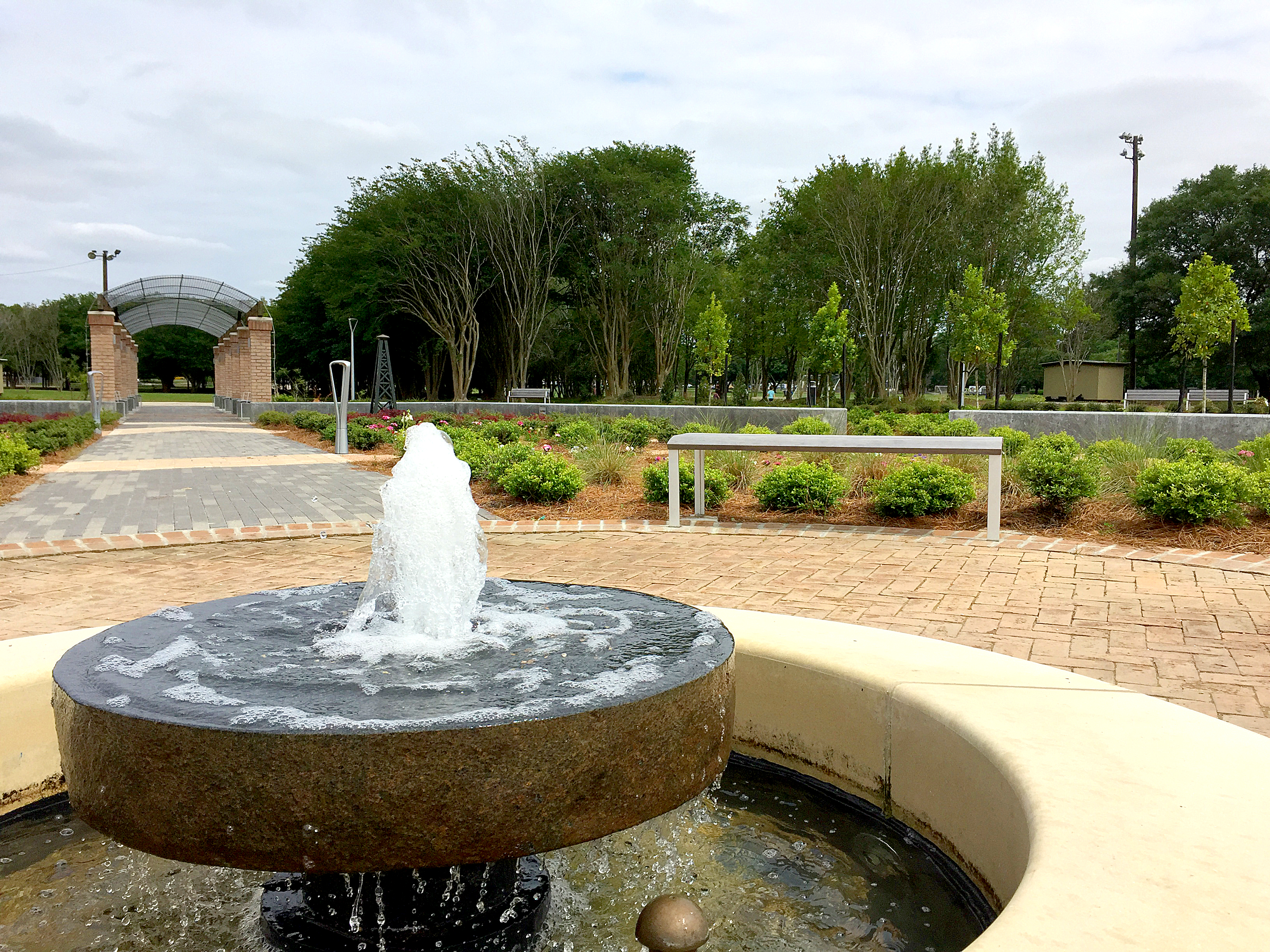
A nearby butterfly garden, which is a project of the Baton Rouge Garden Club, is filled with plants that winged visitors love, including verbena, coneflower and bottlebrush, while the adjacent entry arbor will eventually be covered with blooming vines including Carolina jessamine.
Another new area that marries aesthetics with practicality is the Southern Classic Garden Plants walkway, a 218-foot-long curving path that brushes close to the library café and borders the lawn garden. Designed in partnership with landscape architect Cynthia Cash and Abbey, the walkway is lined with beds featuring nearly 250 plants bred and donated by Plant Development Services Inc. in collaboration with Southern Living magazine. “The idea is that these are all plants that are available locally,” says BREC horticulture manager Ed Norred. “If someone sees something here that they like, they can go out and buy it and plant it in their own garden.”
The expanded gardens are expected to play host to a variety of new educational programs on topics including pollinators, landscape design, plant selection and environmentally responsible garden maintenance, says Botanic Garden Foundation president John Hough. “We are very fortunate that BREC values the aesthetic quality of this centerpiece for our very green city,” says Botanic Garden Foundation president John Hough. “The Foundation is dedicated to showcasing the value that can be derived from good design and horticultural plant selection, and we have the very best opportunity to now create programming in conjunction with the Main Library.”
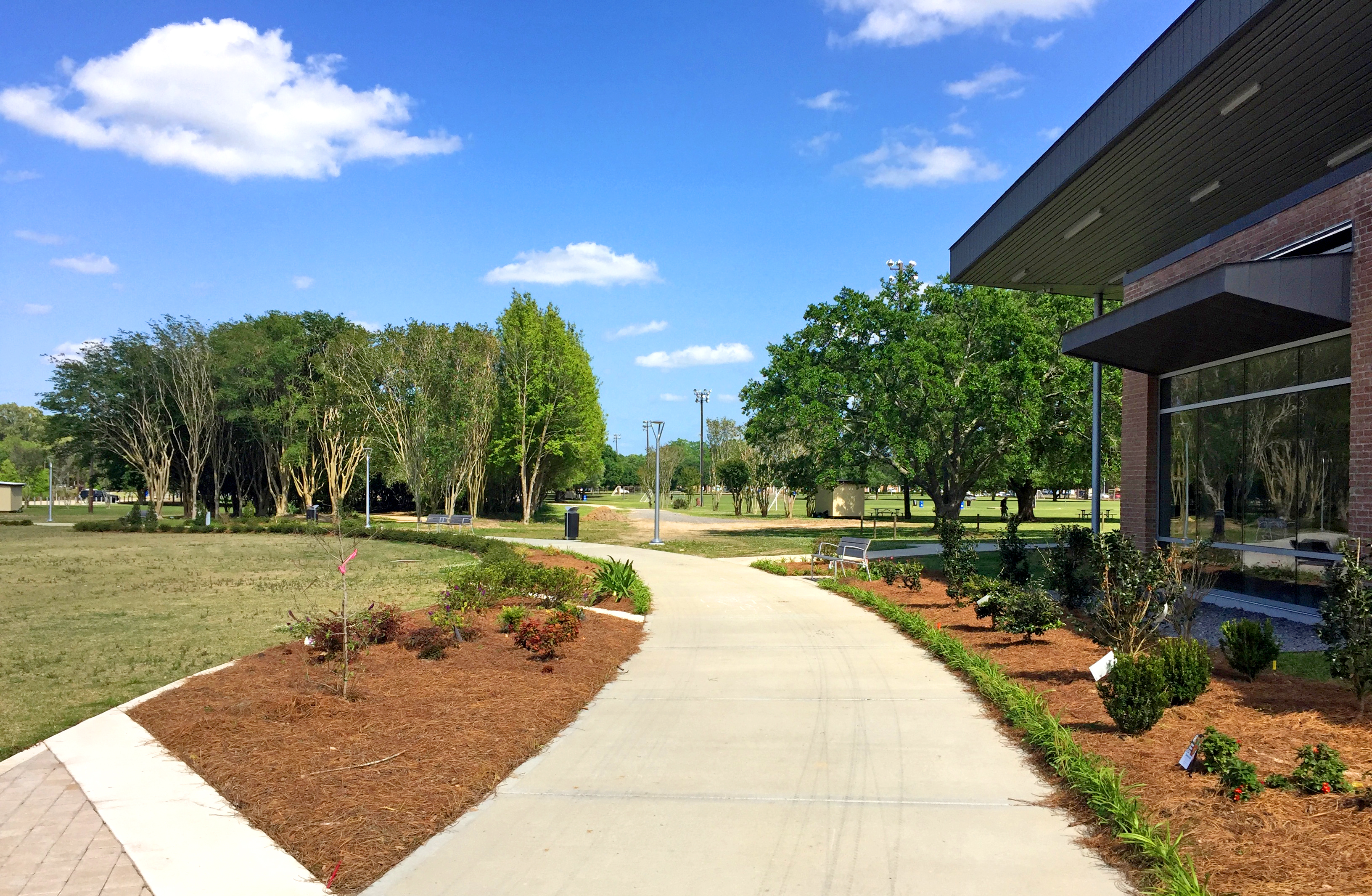
But the growth isn’t stopping here; this is only the first phase of the Botanical Gardens expansion plan. On the list for potential future development are a ceremony garden that could host weddings, a shade garden at Liberty Grove, an azalea and camellia garden, native plant and meditation gardens, and even a conservatory. “The timeline depends upon when funds become available, either through capital campaigns, sponsorships or philanthropic support,” Richard says, adding that BREC is also seeking sponsors for garden entry signs and wayfinding and interpretive signs.
With its deep roots in Baton Rouge history, Abbey say this landscape is one that will continue to bear fruit into the future as new visitors walk these paths and explore its natural treasures. “Every great city in the nation has a botanical garden,” Abbey says. “I’m convinced that 50 or 100 years from now, these gardens will be the pride of Baton Rouge. There are people who don’t know this exists, but we’re working to give Baton Rouge something special.”
Goings-On in the Garden
The grand opening and ribbon cutting for the garden expansion will take place at 10 a.m. May 12. Later this month, the Botanic Garden Foundation will sponsor a “Plein Air Painting in the Gardens” event May 24-26, during which 30 invited artists will create original works on site. A reception and sale of “wet art” will take place in the gardens at 3 p.m. May 26.




